Andrei, Mihai. 21 October 2014. "Pianist Plays the Piano to Old, Injured Elephants ontop [sic] of a Thai Mountain." ZME Science. Retrieved October 25, 2014.
- Available at: http://www.zmescience.com/science/biology/asian-elephant-intelligence-music-22062014/
"Asian Elephant." National Geographic Society: Animals > Mammals. Retrieved October 18, 2014.
- Available at: http://animals.nationalgeographic.com/animals/mammals/asian-elephant/
Choudhury, A.; Lahiri Choudhury, D.K.; Desai, A.; Duckworth, J.W.; Easa, P.S.; Johnsingh, A.J.T.; Fernando, P.; Hedges, S.; Gunawardena, M.; Kurt, F.; Karanth, U.; Lister, A.; Menon, V.; Riddle, H.; Rübel, A.; Wikramanayake, E. 2008. "Elephas maximus." IUCN Red List of Threatened Species. Version 2012.2. International Union for Conservation of Nature and Natural Resources. Retrieved October 18, 2014.
- Available at: http://www.iucnredlist.org/details/full/7140/0
Dawson, S.; and Blackburn, T.M. 1991. "Asian Elephant Threatened." Nature 352:274.
“Elephants Can Play Musical Instruments.” inspiration4generations. Retrieved October 25, 2014.
- Available at: http://inspiration4generations.wordpress.com/2014/05/03/elephants-can-play-musical-instruments/
Flores, Graciela. 1 June 2007. “When I See an Elephant…Paint?” The Scientist: News & Opinion > Daily News. Retrieved October 25, 2014.
- Available at: http://www.the-scientist.com/?articles.view/articleNo/25148/title/When-I-see-an-elephant---paint-/
Hooper, Richard. 12 November 2013. “Elephant Orchestra: Can Animals Make Real Music?” BBC News Magazine. Retrieved October 25, 2014.
- Available at: http://www.bbc.com/news/magazine-24400364
Kemf, E.; and Santiapillai, C. 2000. Asian Elephants in the Wild: A WWF Species Status Report. Gland, Switzerland: World Wildlife Fund-International.
Kipling, Rudyard. 1894. The Jungle Book. Illustrated by John Lockwood Kipling. London, england: Macmillan Publishers.
Lair, Richard C. 1999. Gone Astray -- The Care and Management of the Asian Elephant in Domesticity. Rome, Italy: Food and Agriculture Organization of the United Nations Forestry Department; and Bangkok, Thailand: Forestry Department Group, Regional Office for Asia and the Pacific. Retrieved October 25, 2014.
- Available at: http://www.fao.org/docrep/005/ac774e/ac774e00.htm
Leimgruber, P.; Gagnon, J.B.; Wemmer, C.M.; Kelly, D.S.; Songer, M.A.; and Selig, E.R. 2003. "Fragmentation of Asia’s Remaining Wildlands: Implications for Asian Elephant Conservation." Animal Conservation 6:347–359.
Menon, V. 2002. Tusker: the Story of the Asian Elephant. New Delhi, India: Penguin Books.
Moye, David. 6 August 2012. "Thai Elephant Orchestra Is Thailand's Biggest Band -- Literally." The Huffington Post. Retrieved October 25, 2014.
- Available at: http://www.huffingtonpost.com/2013/08/06/thai-elephant-orchestra_n_3713376.html
NPR Staff. 3 August 2013. “The Biggest Thing Out Of Thailand: An Elephant Orchestra.” National Public Radio: Topics > Arts & Life > Strange News. Retrieved October 25, 2014.
- Available at: http://www.npr.org/2013/08/03/208338182/the-biggest-thing-out-of-thailand-an-elephant-orchestra
Olivier, R. 1978. "Distribution and Status of the Asian Elephant." Oryx 14:379–424.
Pakkad, G.; Elliott, S.; Anusarnsunthorn, V.; James, C.; and Blakesley, C. 2002. “Forest Restoration Planting in Northern Thailand.” Proceedings of the South East Asian Moving Workshop on Conservation, Management and Utilization of Forest Genetic Resources 31:143-153.
Phuangkum, Preecha; Lair, Richard C.; and Angkawanith, Taweepoke. 2005. Elephant Care Manual for Mahouts and Camp Managers. RAP Publication 2005/10. Bangkok, Thailand: Forest Industry Organization (of the) Ministry of Natural Resources and Environment; and Rome, Italy: Food and Agriculture Organization of the United Nations Regional Office for Asia and the Pacific. Retrieved October 25, 2014.
- Available at: http://www.fao.org/docrep/008/ae943e/ae943e00.htm
Rensch, Bernhard. 1 February 1957. "The Intelligence of Elephants." Scientific American 196:44-49
Santiapillai, C.; and Jackson, P. 1990. The Asian Elephant: An Action Plan for its Conservation. Gland, Switzerland: International Union for Conservation of Nature and Natural Resources.
Savage, Melissa. August 1994. "Land-Use Change and the Structural Dynamics of Pinus Kesiya in a Hill Evergreen Forest in Northern Thailand." Mountain Research and Development 14(3):245-250. Retrieved October 25, 2014.
- Available at: http://dokmaidogma.wordpress.com/about/
Scigliano, Eric. 16 December 2000. "Think Tank: A Band With a Lot More to Offer Than Talented Trumpeters." The New York Times: Archives. Retrieved October 25, 2014.
- Available at: http://www.nytimes.com/2000/12/16/arts/think-tank-a-band-with-a-lot-more-to-offer-than-talented-trumpeters.html
Seehamongkol, Ketsanee. 25 December 2012. "A Thai Pine." Dokmai Garden: Thoughts and Advice from a Tropical Botanical Garden in Chiang Mai, Thailand. WordPress. Retrieved October 25, 2014.
- Available at: http://dokmaidogma.wordpress.com/about/
Shand, Mark. 21 July 2012. "The Agonising Blows That Expose the Evil Secrets of Thailand's Elephant Tourism Con: The Duchess of Cornwall's Brother Tells How Baby Elephants Are Brutally Starved and Tortured." Daily Mail Online: News. London, England: Associated Newspapers Ltd. Retrieved October 18, 2014.
- Available at: http://www.dailymail.co.uk/news/article-2176957/The-agonising-blows-expose-evil-secrets-Thailands-elephant-tourism-The-Duchess-Cornwalls-brother-tells-baby-elephants-brutally-starved-tortured.html
Shapiro, David. 3 May 2012. “Meet Two Elephants Who Play Musical Instruments.” Fuse Networks LLC. Retrieved October 25, 2014.
- Available at: http://www.fuse.tv/2012/05/meet-two-elephants-who-play-musical-instruments
Shoshani, J.; and Eisenberg, J.F. 1982. "Elephas maximus." Mammalian Species 182:1–8.
Singhal, Sheila. 29 February 2012. "Elephant No. 150: Music Composition." An Elephant a Day. Retrieved October 25, 2014.
- Available at: http://elephantaday.blogspot.com/2012/02/elephant-no-150-music-composition.html
Soldier, David. 2002. "Eine Kleine Naughtmusik: How Nefarious Nonartists Cleverly Imitate Music." Leonardo Music Journal 12:57–58.
Soldier, David. "Thai Elephant Orchestra." David Soldier.com. Retrieved October 25, 2014.
- Available at: http://davesoldier.com/thaiorch.html
Stearn, Duncan. "The Truth about Siam's Offer of Elephants to Fight for Abraham Lincoln in the American Civil War." In Pattaya Now: Outside Pattaya > Thai History. Retrieved October 25, 2014.
- Available at: http://inpattayanow.com/2013/07/29/outside-pattaya/thai-history/the-truth-about-siams-offer-of-elephants-to-fight-for-abraham-lincoln-in-the-american-civil-war/
Sukumar, R. 1992. The Asian Elephant: Ecology and Management. Second edition. Cambridge, U.K.: Cambridge University Press.
Sukumar, R. 2003. The Living Elephants: Evolutionary Ecology, Behavior, and Conservation. Oxford, U.K.: Oxford University Press.
Tearne, Derek. 29 January 2012. “A Performance on the Elephant.” Musical Elephants and Other Unexpected Instruments. Retrieved October 25, 2014.
- Available at: http://musicalelephant.blogspot.com/
Tendys, W.L. 18 July 2012. “Musical Elephants.” Geekoterre News Desk: Environment. Retrieved October 25, 2014.
- Available at: http://geekoterre.com/musical-elephants/
"Thai Elephant Orchestra." Noise Made Me Do It. Retrieved October 25, 2014.
- Available at: http://www.noisemademedoit.com/tag/thai-elephant-orchestra/
"Thai Elephant Orchestra." Thai Elephant Conservation Center. Retrieved October 25, 2014.
- Available at: http://www.thailandelephant.org/en/orchestra.html
"Thailand Forest Types and Characteristics." Asia's World: Thailand > National Parks > Ecosystems. Retrieved October 25, 2014.
- Available at: http://www.thailandsworld.com/index.cfm?p=1049
“Thailand’s Elephant Music.” The Economist: February 1, 2001. Retrieved October 25, 2014.
- Available at: http://www.economist.com/node/492852
"Thung Kwian Plantation." Lamp-Tech College. Retrieved October 25, 2014.
- Available at: http://lamptech.ac.th/ELEPHANT/tungkwen.htm
Wilkinson, Gina. 2 March 2001. "Elephant Band." Living on Earth. Retrieved October 25, 2014.
- Available at: http://www.loe.org/shows/segments.html?programID=01-P13-00009&segmentID=11&sa=U&ei=Nx9XU9moEMLAPMf2gKgB&ved=0CDgQFjAF&usg=AFQjCNGqqVYlGP8TB0ch5RUtoM8_k8j2hQ
World Wide Fund for Nature. 2002. Saving a Future for Asia’s Wild Rhinos and Elephants. WWF’s Asian Rhino and Elephant Action Strategy. Gland, Switzerland: World Wide Fund-International.
Zimmer, Heidi; and Baker, Patrick. 20 January 2009. “Climate and Historical Stand Dynamics in the Tropical Pine Forests of Northern Thailand.” Forest Ecology and Management 257(1):190-198.


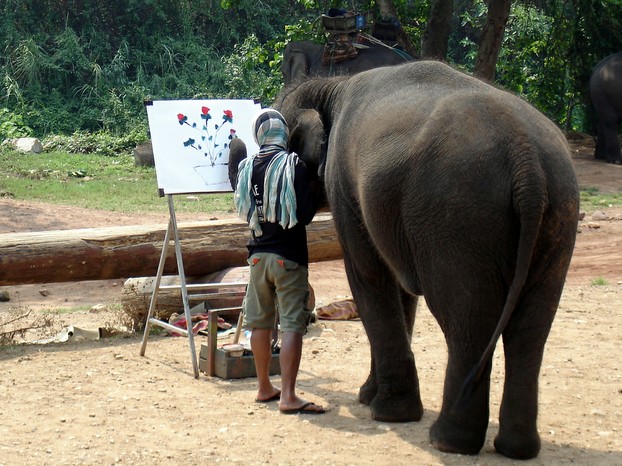
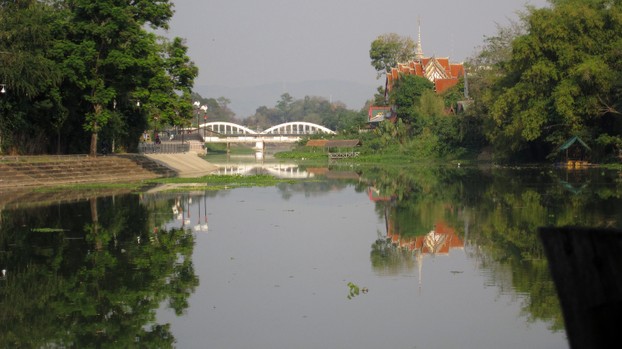
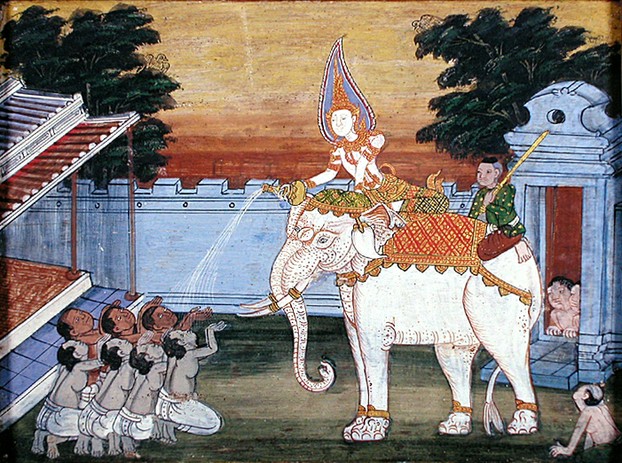
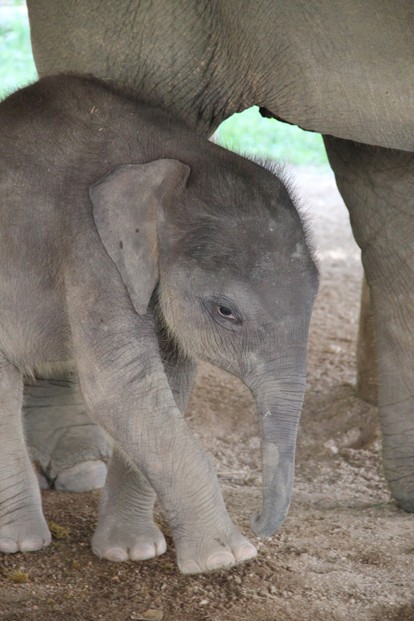
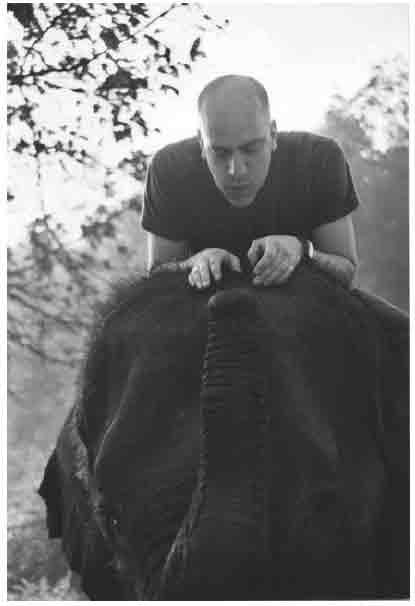
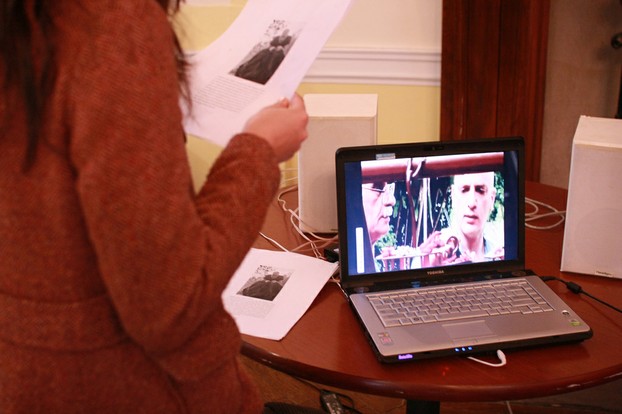
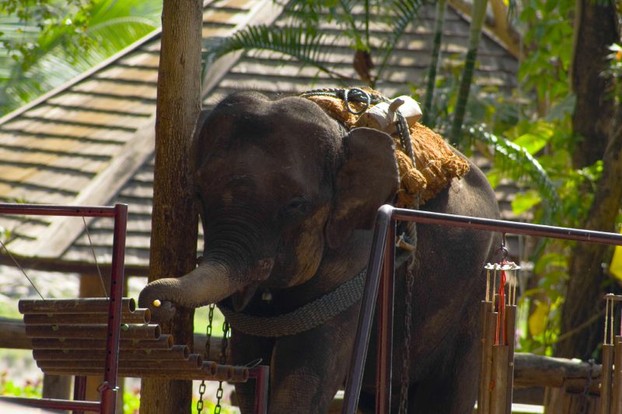
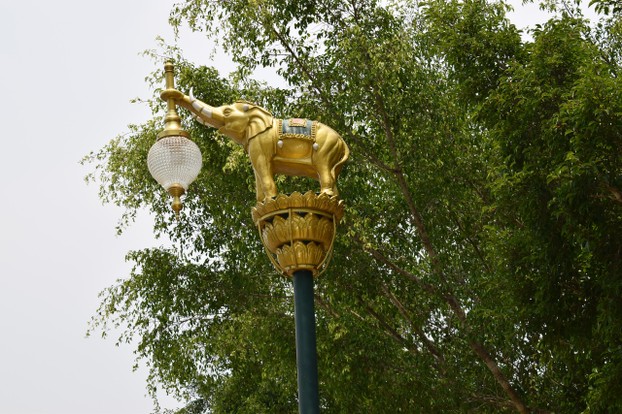
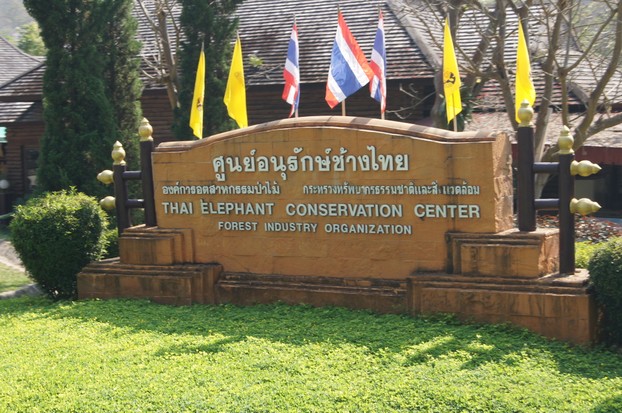





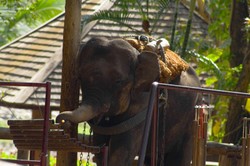

 Are Hawaiian Huakai Po Nightmarchers Avenging Halloween Thursday?on 10/02/2024
Are Hawaiian Huakai Po Nightmarchers Avenging Halloween Thursday?on 10/02/2024
 Mailing Addresses for 2023 Form 4868 Extending 1040 and 1040SR April 15, 2024, Due Dateon 04/15/2024
Mailing Addresses for 2023 Form 4868 Extending 1040 and 1040SR April 15, 2024, Due Dateon 04/15/2024
 Mailing Addresses for 2023 Forms 1040 and 1040SR Filed in 2024on 04/15/2024
Mailing Addresses for 2023 Forms 1040 and 1040SR Filed in 2024on 04/15/2024
 Mailing Addresses for 2022 Form 4868 Extending 1040 and 1040SR April 18, 2023, Due Dateon 04/13/2023
Mailing Addresses for 2022 Form 4868 Extending 1040 and 1040SR April 18, 2023, Due Dateon 04/13/2023

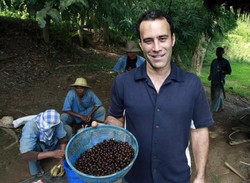
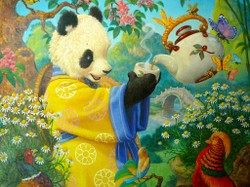
Comments
MBC, Seeing the Thai Elephant Orchestra is a fun and inspiring experience. I hope that you do find time to see them on your next trip to Thailand. Another creative venture of the Thai Elephant Conservation Center is the Asian Elephant Art and Conservation Project painting school, which also offers inspirational fun.
I will have to see the Thai Elephant Orchestra next time I come to Thailand. What fun! Great article.